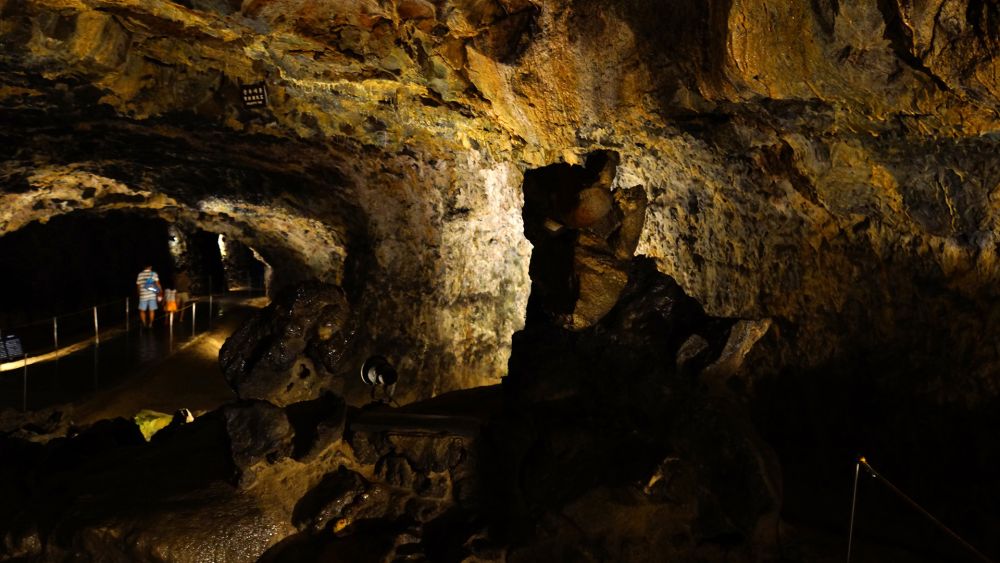

Ssangyong Cave in Haeju, North Korea, while not being widely known on the international tourism scene, has a certain significance in North Korean tourism. Haeju, located in South Hwanghae Province, is a historically significant area with several attractions, including the scenic Ssangyong Cave.
The region's tourism development has largely been controlled by the North Korean government, with focused efforts on domestic travel and limited international exposure. The historical accounts of tourism in this particular spot are scarce, as North Korea remains one of the most closed and regimented societies in the world with state-controlled narratives. Visitors have been able to see the cave primarily on government-sanctioned tours.
Noteworthy for its twin dragon-like formations inside the caves, from which the name 'Ssangyong' (Double Dragon) is derived, the cave has been presented as a natural wonder amidst the controlled and guided tours in the country. Local guides state that the cave was discovered during the Japanese occupation and was opened to the public in the late 20th century, but details are not thoroughly documented.
Despite the relatively small stream of tourists compared to other countries, there have been noticeable trends in the North Korean tourism industry which likely affect attractions like the Ssangyong Cave:
While North Korea occasionally signals intentions to expand tourist access, such as their announcements of developing the Wonsan-Kalma coastal tourist zone, the impact of these developments on Ssangyong Cave tourism remains to be seen.